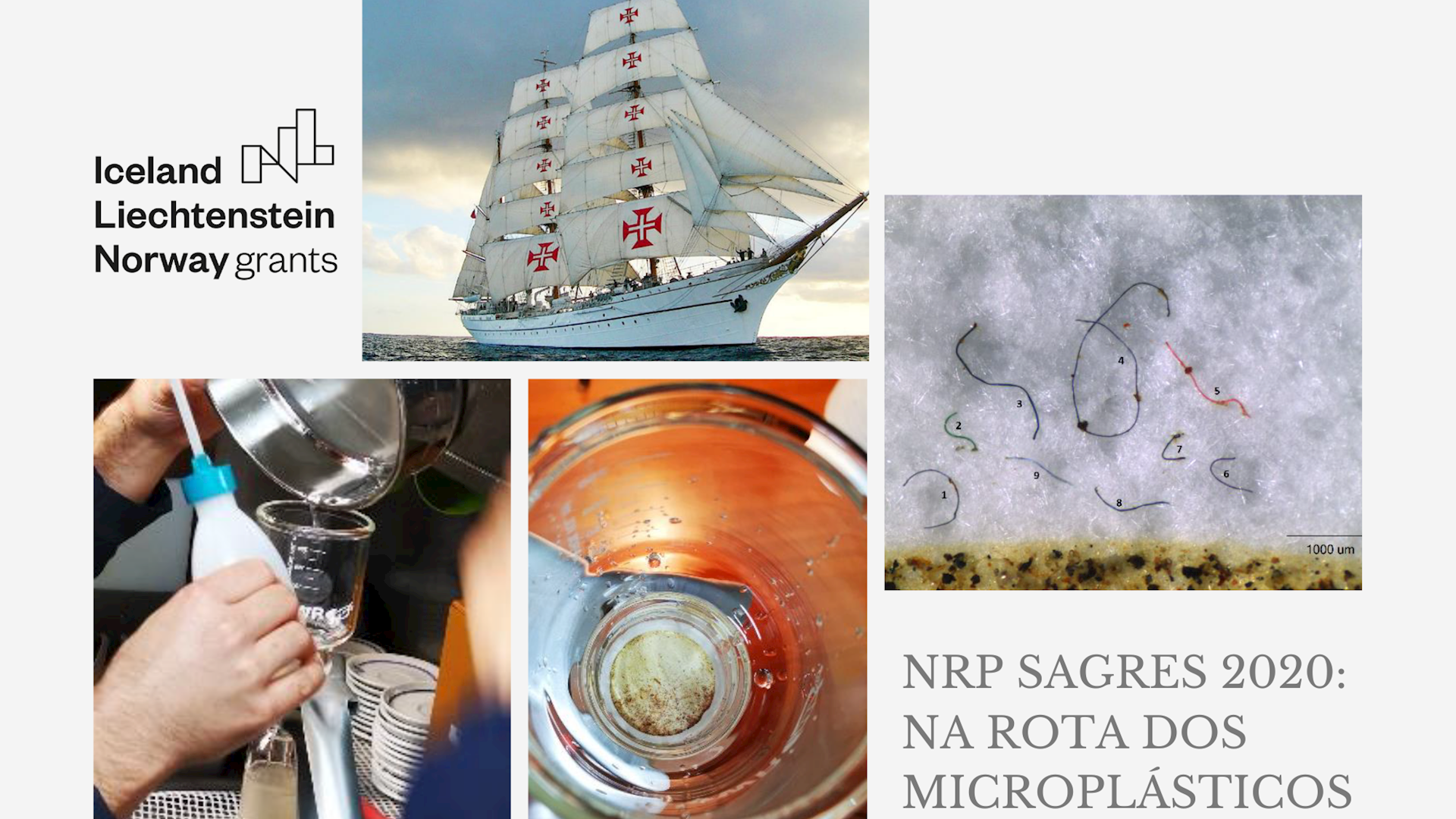Regarding the celebration of the 500th anniversary of the First Circumnavigation Voyage initially led by Ferdinand Magellan, the training ship NRP Sagres began a circumnavigation journey on January 5, 2020 (Figure 1). The "On the Route of Microplastics" project, conducted during the voyage, aimed to characterize the distribution of microplastics along the ship's route. Due to the COVID-19 outbreak, the journey was interrupted, with the ship reaching Cape Town, South Africa, and returning to Lisbon, where it arrived on May 9.
Between January and May 2020, 123 samples were collected for the determination of microplastics in the North and South Atlantic Ocean aboard the NRP Sagres. Taking advantage of the "Open Sea" mission, which took place in the Cape Verde archipelago on the NRP Gago Coutinho between January and February 2021, 44 samples were collected for the determination of microplastics.
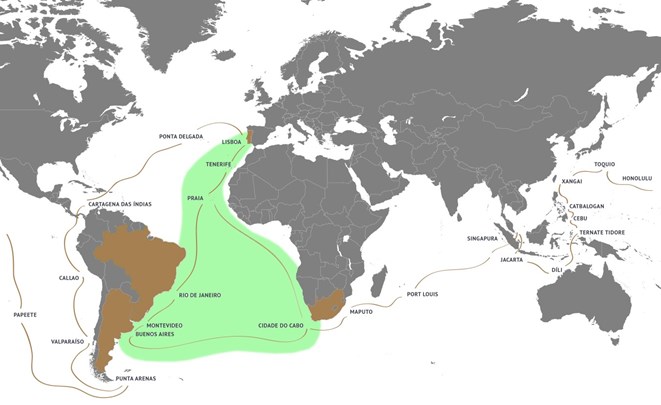
Figure 1: Area covered by the NRP Sagres and "Open Sea" campaigns.
In Figure 2, the number of microplastics found in the samples from the NRP Sagres 2020 campaign (a) and the "Open Sea" campaign (b) is presented. The areas where higher concentrations of microplastics were found in the NRP Sagres campaign were in the port of Praia on Santiago Island, Cape Verde, in Rio de Janeiro, Brazil, and near Cape Town, South Africa. Regarding the "Open Sea" campaign, a higher number of microplastics were found at a station south of São Vicente Island and at two stations north of Santiago Island.
The most common polymer types found in the samples collected during the NRP Sagres campaign were predominantly polyamide and polyester, while in the "Open Sea" campaign, polyester was the most frequently sampled.
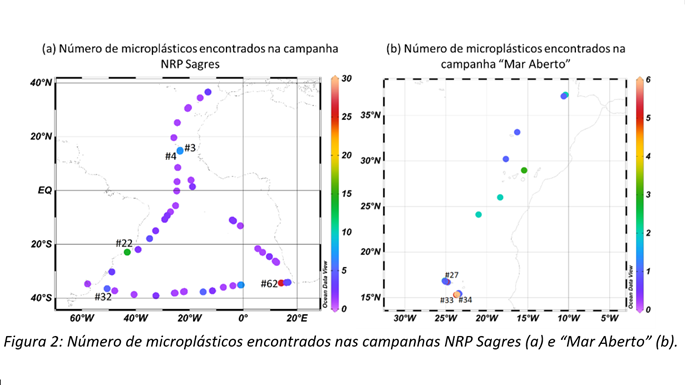
Figure 3 presents two photographs of sample No. 52 from the NRP Sagres campaign (a) and No. 33 from the "Open Sea" campaign (b), exemplifying the particles found. Figure 4 shows the spectrum obtained on the PerkinElmer Spotlight 200i Fourier-transform infrared micro-spectrometry equipment (µFTIR), corresponding to one of the isolated particles identified as polyurethane (PU).
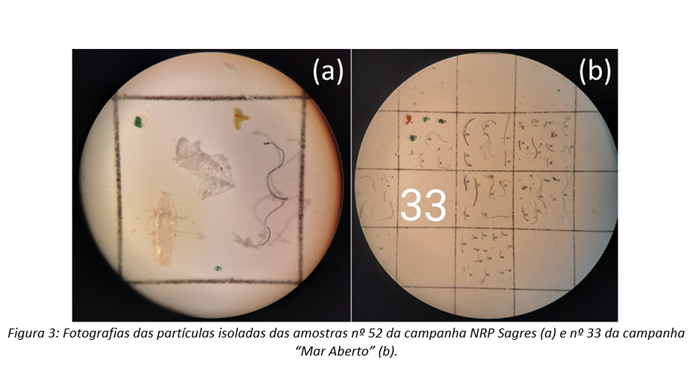
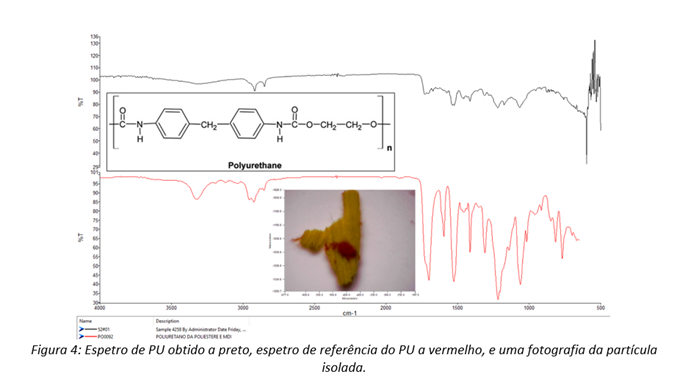
Poor or nonexistent waste management is the most likely cause of concentrations in the port of Praia and Rio de Janeiro. As for the sample near South Africa, collected at night, a bioluminescence phenomenon was observed, which may explain the higher accumulation of microplastics at that station.
Fishing nets and abandoned octopus traps in certain locations in the Cape Verde archipelago can fragment into smaller particles, accounting for the results found in these locations, as mentioned in previous studies.
These campaigns allowed for the analysis of a vast area of the Atlantic Ocean, producing results of great importance, never before conducted on Portuguese ships, and in areas where there is not much information on the distribution and concentrations of microplastics.
